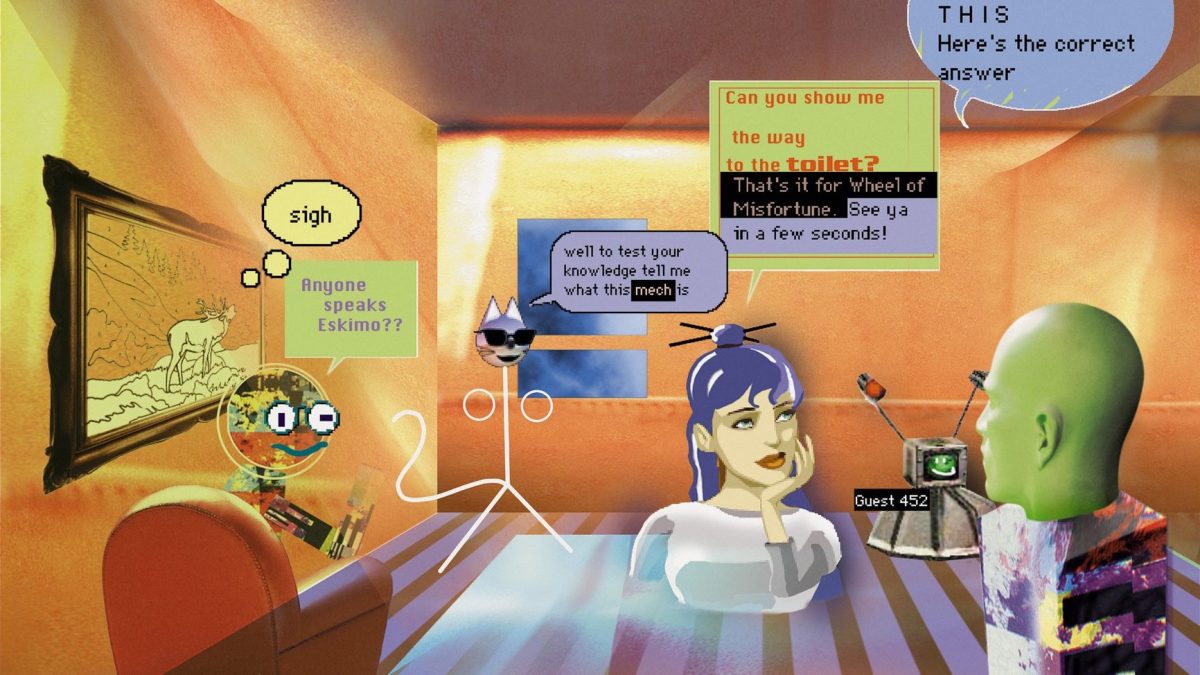- cross-posted to:
- matrix@lemmy.ml
- cross-posted to:
- matrix@lemmy.ml
(just because I sometimes miss them when the post has a text body)
So, I kept seeing the option to list a “Matrix” username in my lemmy profile across various instances, but I had no idea what Matrix actually was. This is from last December so it’s not hot off the press, but it was a good read and I wanted to share it in hopes it might help add some context for anyone else like me wondering what it’s all about!



I didn’t want to make the post body so long that people missed the link entirely, but for those that scroll straight to the comments and just want a summary, some of my thoughts and some excerpts:
It sounds great in terms of facilitating interactions with people that don’t want to move off their usual apps, but the encryption concerns are pretty valid, though niche, as well. The other thing that I thought was interesting was the big companies (as well as European government agencies) that have already migrated over. One of my biggest concerns with fediverse services is always the difficulty of convincing people to adopt it, so hearing about cases like that is very encouraging.
It makes sense too - if I were an organization representing a sovereign government, I’d hardly want to be beholden to the whims of private corporate ownership. Governments starting to make official statements via social media has always seemed a bit odd to me, and the recent issues with Twitter shuttering public post visibility do a great job in demonstrating the danger of that dependence. If this article were a bit more recent, I imagine they’d go into that a bit more too.
Some excerpts for people that don’t want to read the whole thing (though I’d recommend just doing that!)
_________________
_________________
Governments moving from proprietary tech stacks to open source can only be a good thing.
You shouldn’t need a login or being dependent on a private provider at all to access government communications.